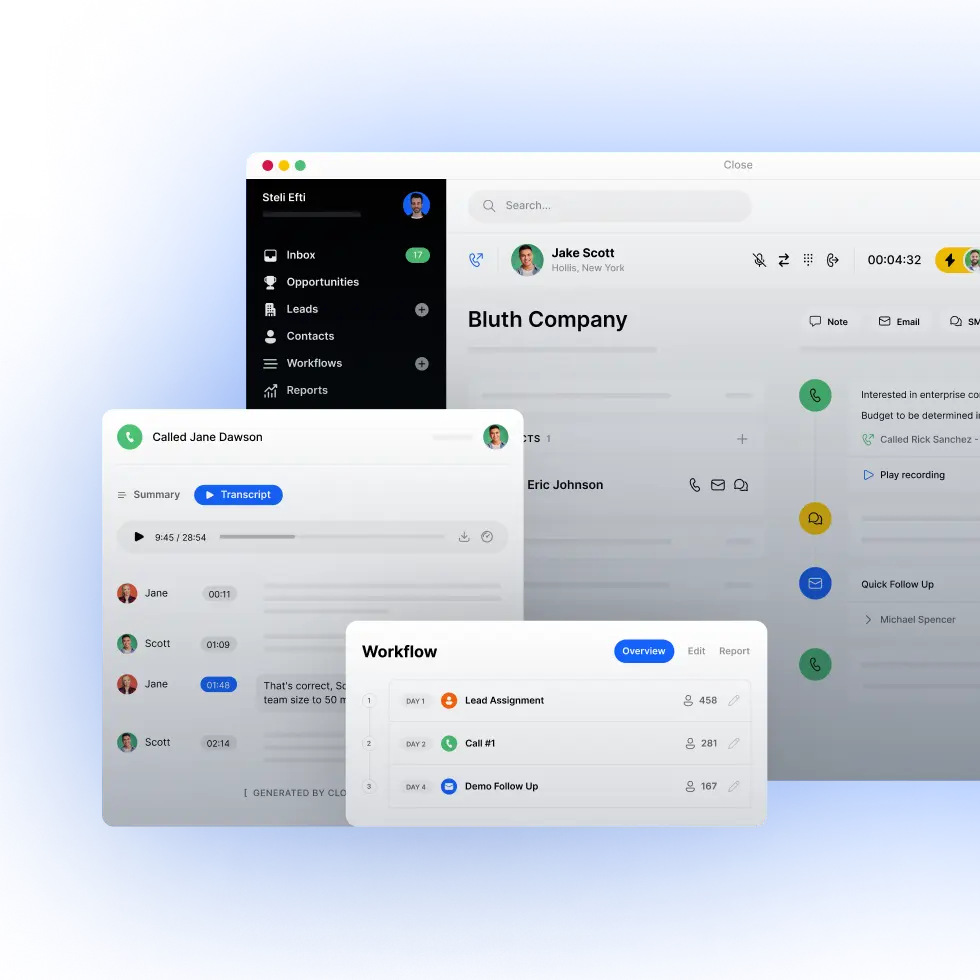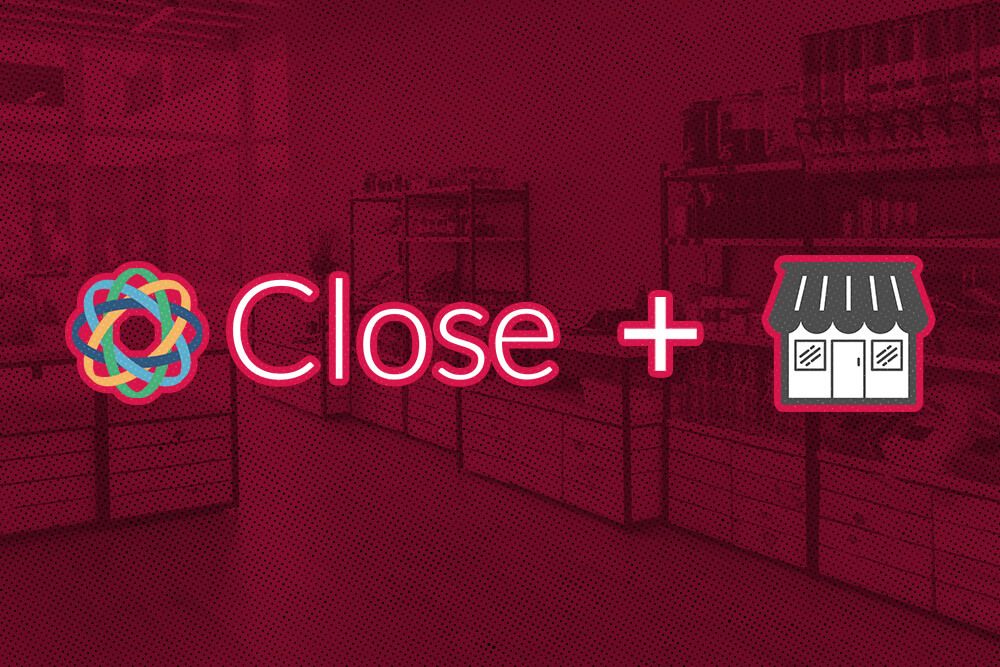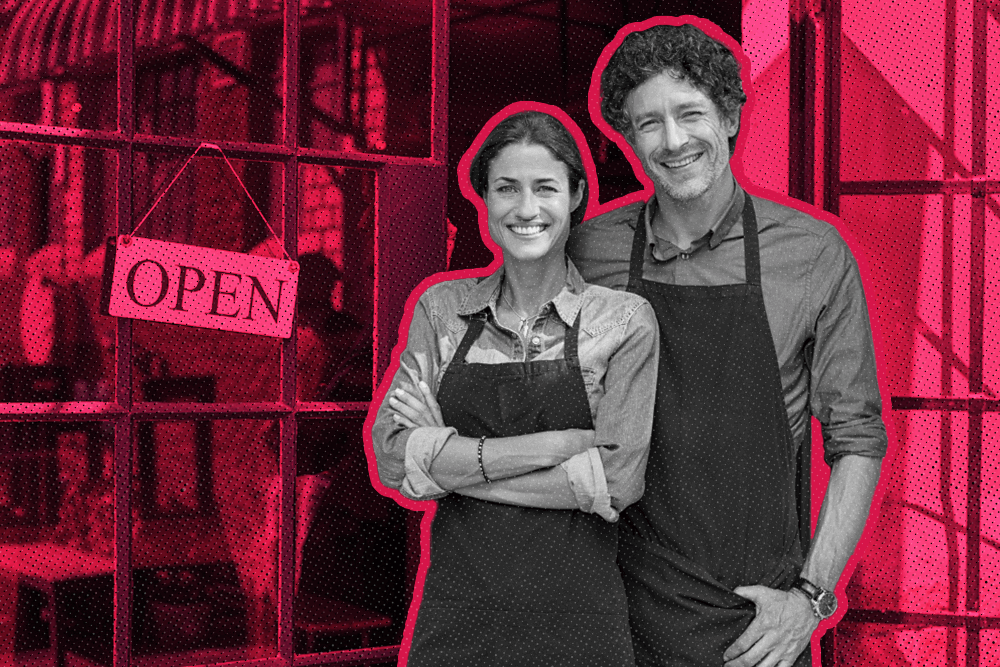Sales Management
What is OKR? How this Goal Framework Can Help You Smash Your Sales Targets
OKR is a no-BS goal-setting framework that demands you aim high, track meticulously, and conquer ambitiously. Learn how to use OKR to crush your goals.
April 17, 2024




















